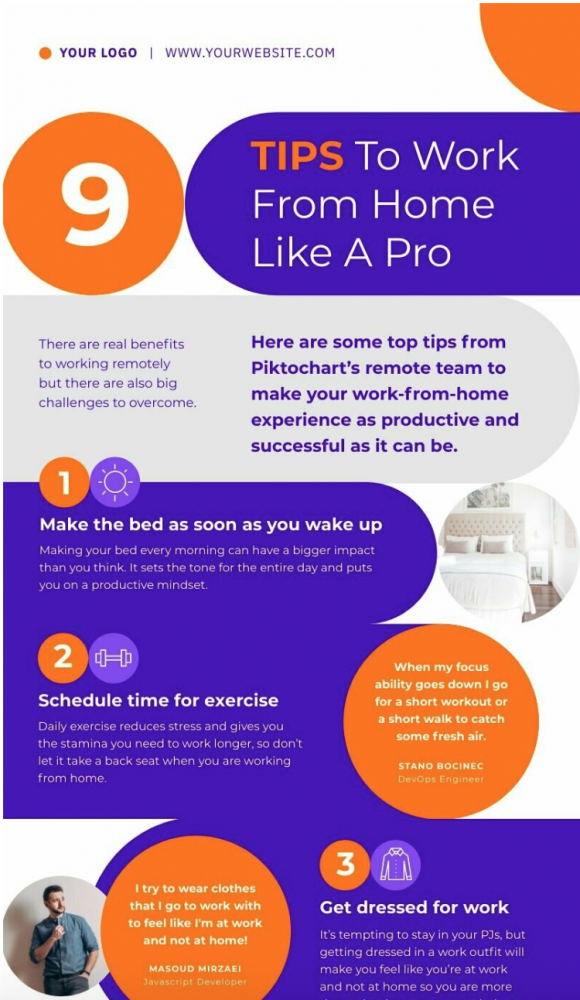I woke up this morning thinking how lucky I am to be working remotely in the current coronavirus situation.
I have been working from home for over 6 years now, and while it was quite challenging at the beginning (the isolation, lack of direct contact with others, being in the same spot all the time), it turned out to be one of the best experiences in my professional career.
I created my home office in one of the spare rooms in our house, so every morning I have this feeling of really going to work. My 4-year-old son was attending kindergarten and my 1-year-old daughter stayed with the nanny. And so my husband and I were easily able to balance work and personal life.
Until now.
With most of the world in full lockdown as I write this, we found ourselves in the middle of a small battleground and had to quickly develop a strategy on how to manage work, kids and everything in between. While remote work is nothing new to me, I still had to make some adjustments for all of it to work. Here are some of them:
- Starting work between 6-7 am so that my husband can then start his work 8 hours later (we take turns in working and caring for our kids)
- Reorganizing daily routines, but keeping kids’ routines as intact as possible
- Planning for days ahead to make sure we’re covered for all essentials needed
Apart from shifting my working hours, the way I work hasn’t changed much. But it has for a lot of other people.
I’ve heard from folks who are frustrated with having to work remotely, who struggle to adjust or simply don’t know how to organize themselves in the new environment.
Piktochart is a semi-remote company, and all office-based employees had to switch to remote arrangements almost overnight. So I decided to get their honest feedback on it in the hope that it can provide some comfort to those in need. Our CEO, Ai Ching Goh, has also agreed to provide more context to it.
Ai Ching Goh
CEO, Piktochart
You’re running a semi-remote company. What was behind your decision to start hiring employees remotely?
Access to a wider pool of talent, and you get such a good diversity of people and backgrounds, which is important for a creative product like ourselves. I didn’t see any reason not to.
What differences do you see between collaborating with office employees and remote ones?
The relationships formed are a little different. After all, the office people have more face time, random watercooler moments, but the remote ones have less of those. We have to deliberately create those moments to connect by flying people into HQ twice a year (not happening right now) and also through incidental touchpoints.
Now that the whole Piktochart team went remote, was that transition difficult? Were there any obstacles on the way?
No, not in particular. More than the remote work, I think it’s the social distancing that made it super hard because after work, it’s harder to go out and do our normal activities – whether it’s going to a park or for a stroll. We also had to ask that people got proper workstations for themselves.
Please share your main struggles with working remotely and your tips on how to overcome them.
I’m personally happy with working remotely but need to ensure that we have a proper workstation set up. I’m susceptible to back pain if I have a bad chair/table height so I’m very careful about it. The other is overworking. The line between work after work is blurred when you have a 20 step commute. During the first week, we all had a lot of problems with the Internet connection because everyone in my condo was working from home during the lockdown. Apart from that, not really. We have good tools and Piktochart people are already quite used to working from home.
Do you have tips for other business leaders who found themselves in the same situation?
I would not freak out and be too paranoid about the employee’s productivity. If you have good systems in place and have hired the right people, nothing will go wrong. The systems part is easy to implement and tweak along the way. But if employee productivity has gone down during a time like this, be grateful that at least you know! Productivity is built into the attitude of a person so whether they’re in the office or working remotely. So you have to take the right action.
The other is to ensure that you’re over-communicating. For the businesses that are severely impacted by coronavirus, a daily or weekly update to the team about revenue/cash runway may help to ease their anxiety.
It was also about setting a clear understanding of the tone or how the company is responding to it. What are the cost-cutting measures? How should marketing and product teams respond? How are we supporting people who are going remote for the first time? I did a mistake here too, by not having a clear owner on the task force’s response to the pandemic and was myself too caught up on the operational/financial side of things.
What are your go-to productivity tools?
Slack, Google Drive + Calendar, Confluence, Piktochart for important presentations.
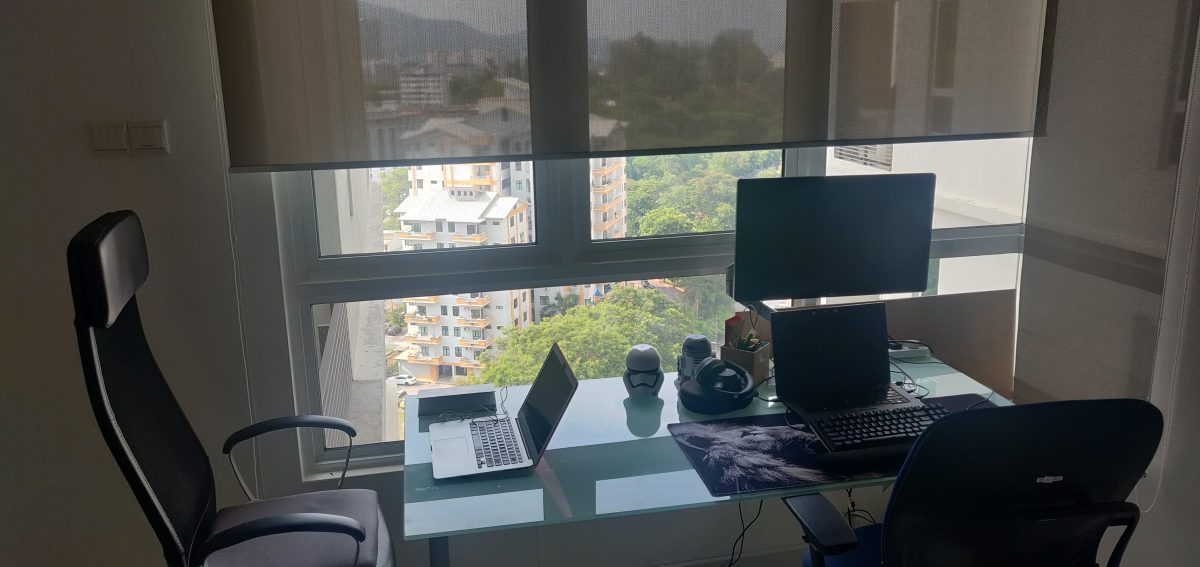
And here’s what some of our Piktopeeps have to say about their remote work arrangements:
Now that the whole Piktochart team went remote, was that transition difficult for you? Were there any obstacles on the way?
Elvin Lee
Product Manager
There were definitely challenges with the transition especially being in product development. It’s a new culture and different practices for most of us who have been used to the in-office environment. As you would imagine within the whole product development process, there are a lot of communications and this part tends to be challenging as we see ourselves writing and documenting more things compared to quick face-to-face communications. It’s a good practice though!
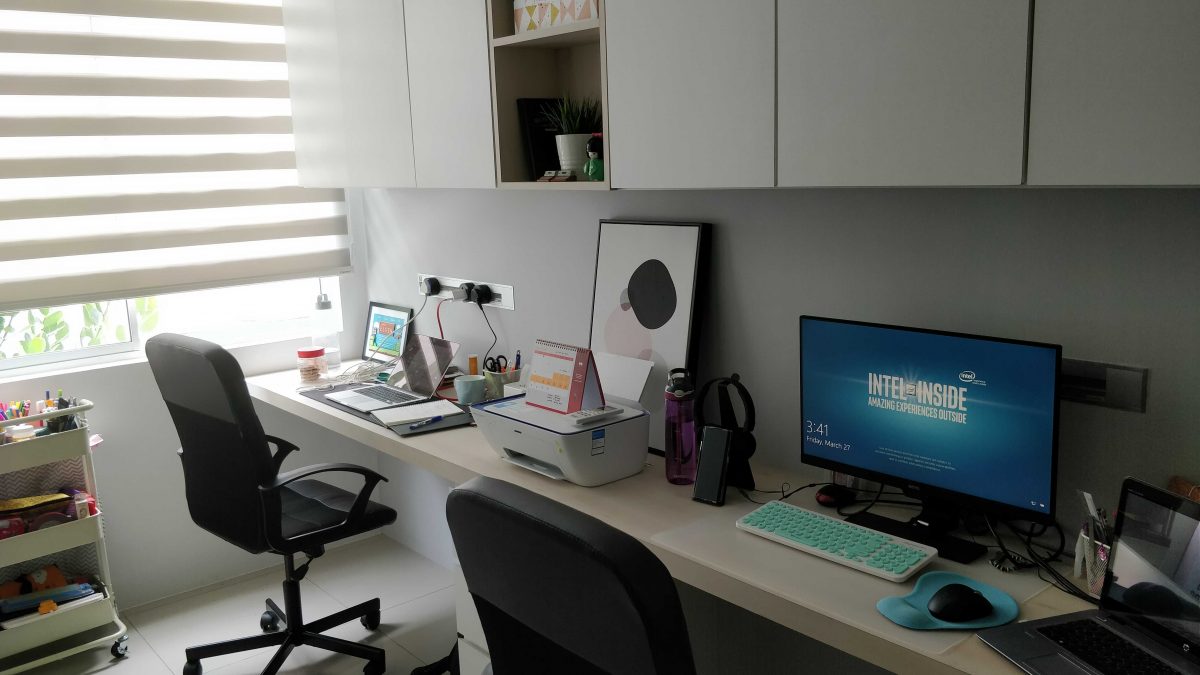
Carmen Phang
Customer Support Manager
The transition hasn’t been difficult at all since we are a semi-remote company anyway. Our customer support team is a fully-remote team and we have the luxury of working from home on Fridays. The only obstacle is setting up a proper workspace at home (at least I got the ergonomic chair from the office!)
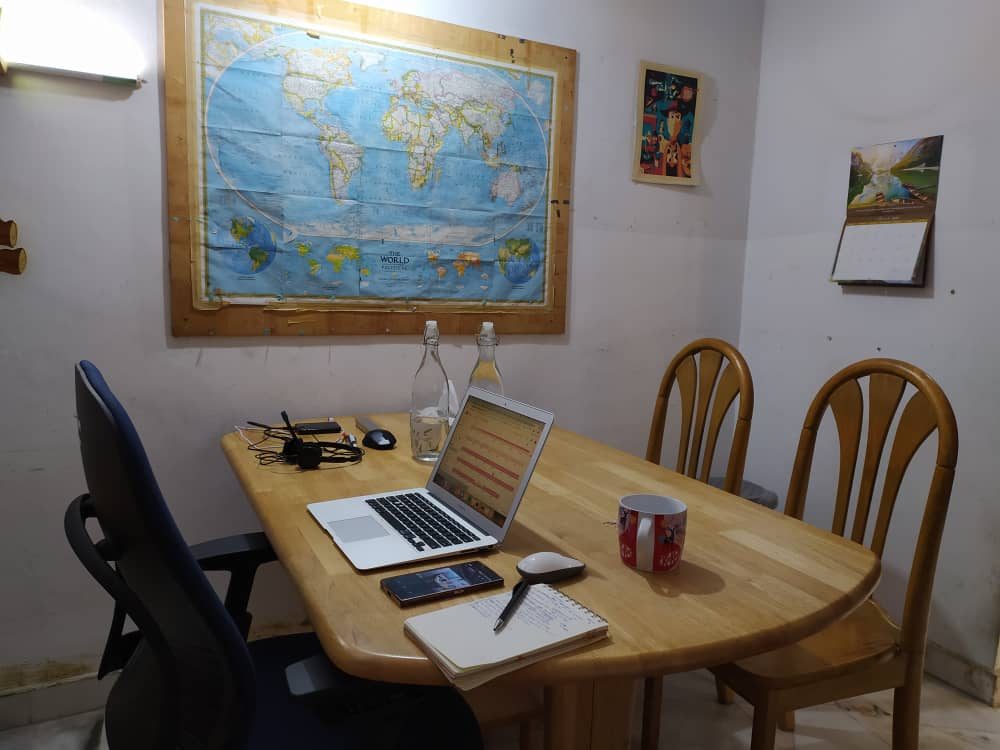
Masoud Mirzaei
Javascript Developer
Well, it’s tough times, but I wouldn’t say that it was a complicated transition for me for two reasons. First is that I have worked in a remote position before, I’m pretty much used to it. Secondly, we were pretty much ready to go full-time. We have many team members working remotely, and even in the HQ itself, people had the chance to work from home on Fridays, which enables us to practice and get used to it. The only obstacle that I can think of was the fact that my working station wasn’t ready or as enjoyable as it is in the office, and it was only suitable for Fridays. So I had to order extra monitors and tools to prepare it for work.
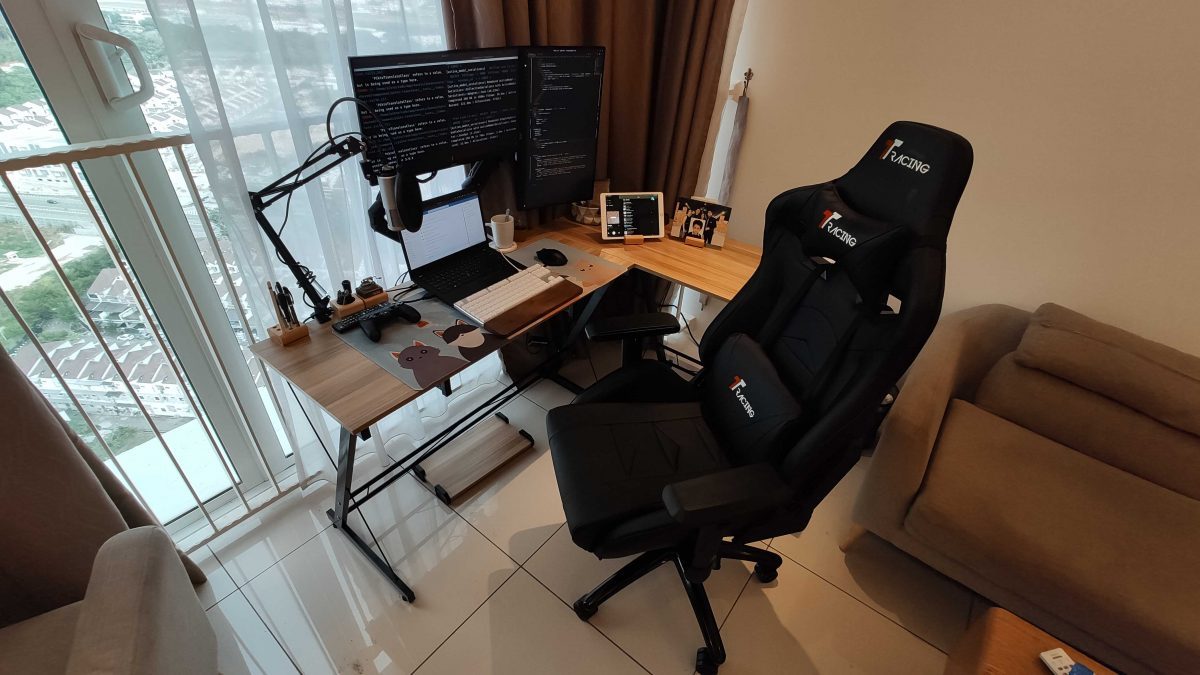
Natasya Sunarto
Design Manager
For me, it wasn’t that difficult to start working remotely as we are used to a work-from-home Friday arrangement. My workspace is perfectly set up for me and I’m very thankful that our company allows us to bring the ergonomic chair home. I need to have the ergonomic chair as I suffered from a back problem before.
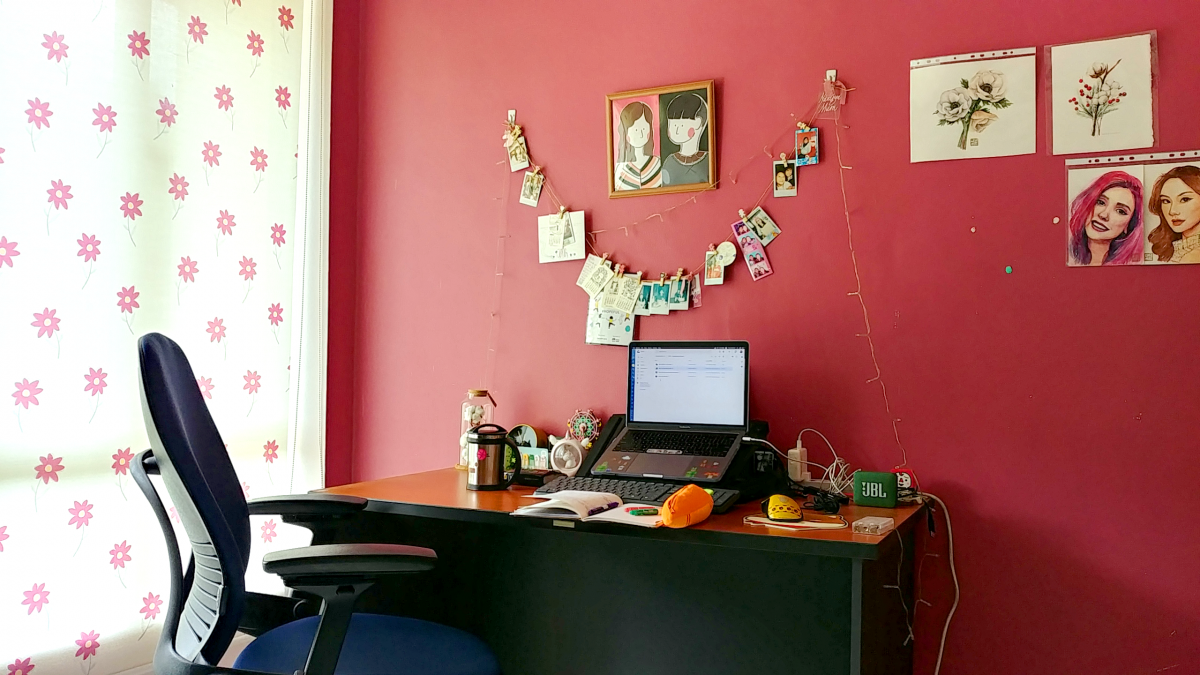
Girithaara Ramanan
Product Designer
The transition was not difficult for me as I was already working remotely every Friday, the only problem that I have now is, usually on Fridays my son would be in school. Since the lockdown, everyone is at home and it gets a little too loud.
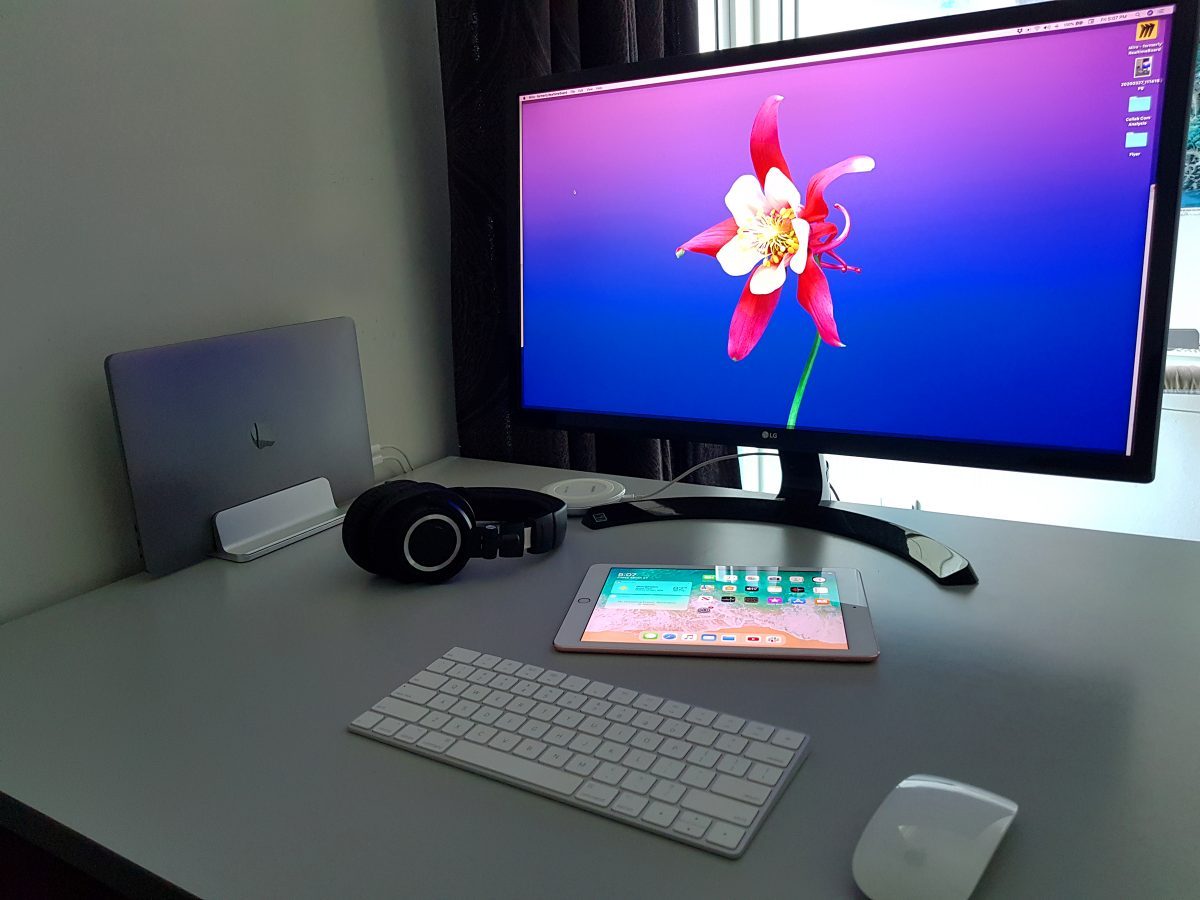
Jun Rui Teoh
HR Manager & Recruiter
There wasn’t much transition since we have always been working remotely every Friday, I have a proper workplace set up in my room.

Please share your main struggles with working remotely and your tips to overcome them.
Elvin:
The main struggle that I face is communication. It’s not easy, especially if you’re used to verbal communication, but I believe it’s a good change. It forces me to be more concise and clear with my communication, as well as optimizing my time so that I don’t spend too much time on writing and can move on to more important stuff. Following that, I think that subsequently, I find myself “sticking” to the chair and in front of the computer much longer than when I was in the office – and being sedentary over a long period is not good! For these, I find that using the Pomodoro technique is helpful to ensure I am being made aware to take occasional breaks for a quick snack (or just spending 5 minutes with my 9-month old daughter), as well as how long I’m spending on a certain task so I know how to optimize my day better.
Carmen:
Schedule – We used to have catered meals in the HQ and didn’t have to worry about food, but I have to prepare my own meals now. To make sure I don’t spend so much time cooking up meals, I usually go for something that is quick to prepare so that I can finish my lunch under an hour and get back to work. I try to stick to a proper schedule so I don’t become complacent or overworked/burnt out.
Workspace – I have a space for work but not a proper workspace yet (compared to my colleagues!). If my workstation is like a spaceship, I have yet to take off!
Masoud:
The very first time I was working remotely, a couple of years ago, I had this issue that I didn’t think I’m at work. I could feel that I’m less productive, so I decided to try a couple of things. After a lot of trials and errors, I managed to customise the Pomodoro technique to my own needs, having to work 1.5 hrs and taking 15 minutes rest in between. Also, I realised that wearing the same clothes at home that I normally wear to work somehow fools my mind to think I’m at work! Once you get used to working remotely, you’ll adapt to it automatically over time.
Natasya:
When we went fully remote, one of the inconveniences that I noticed was the delay in communication. As I belong to the head quarter’s team, I’m used to benefiting from the efficiency of direct contact. Now that we’re fully remote, I can feel the pain of asynchronous communication. I need to wait patiently for someone to reply to Slack messages or set up a Zoom call for urgent matters.
Another problem that I found is I tend to work longer hours since I switched to remote working. When you don’t have to make the trip back and forth to the office you tend to lose track of time.
Also, I’m still struggling with the meal arrangement as we used to have catered meals in the office, and I don’t cook. The struggle is real!
Giri:
Long ago when I first started working remotely on Friday, I had trouble concentrating on one task as sometimes I kept getting interrupted via Slack. So what I did was to start my Friday earlier around 8 to 8:30am, and the day before I used to prepare a list of “highlights” that I needed to get done. I would focus on one of these “highlight” tasks first before I have scrum meetings and update meetings with the team (which will lead me to stray away from my original tasks).
Jun Rui:
The main struggle I have is to resist the temptation of taking longer breaks compared to being in the office, since the bed is just a few steps away.
However, this actually helps me with my backache that I get from sitting for long hours. I take more short breaks and do some stretching on my yoga mat, or just lie down on my bed to relieve the tension on my back. I actually set a 10-min alarm to remind myself to get back to work.
Do you have tips for other employees out there who found themselves in the similar situation?
Elvin:
Having a consistent routine is helpful – be it using Pomodoro technique, or just having a timetable or schedule to ensure you’re being intentional in doing certain things at certain times to maintain a work-life balance. It’s about forcing a good habit – even in the case of communication!
Carmen:
Set goals for yourself to achieve daily to remain focused.
Set up a proper working space – I’m not a good candidate for this, but I’m working on it!
Masoud:
If you can, snooze all unnecessary notifications from social media or other personal sites you’re following. Just try to keep your focus and avoid too much context switching, because once you lose focus, it’s pretty tricky and time-consuming to get it back. Only do it on your breaks. Also, don’t forget to note what you were working on or your ideas before leaving for taking a break, this way you can pick it up easier.
Natasya:
Set a time or schedule for the day and abide by the schedule. Set your starting hour, your 1 hour break time and end of the work hour. By doing this, it helps you to separate your working time from your personal time.
Be punctual and responsive at the same time. When we can’t see each other, being responsive is the only way to keep the trust. And by being punctual, when you start and end your meeting, you’re keeping everybody on their schedule.
Wake up early. I know how tempting it is to have that extra 15 minutes sleep or 30 minutes of procrastination because you no longer need to commute to work. Instead, do wake up a little earlier, don’t touch your phone and go straight to shower, dress up nicely, enjoy warm toast and good coffee, you will start your day with a good mood and be productive throughout the day.
As for the solution to the meal arrangement issue, I’m considering getting a catered meal delivered to my house.
Giri:
The “highlight” method seems to work for me. Just choose one highlight item and aim to finish it before you check your Slack messages and start replying to people. I found that if I stray into checking Slack and replying to messages, I will end up working on a totally different task than what I had planned.
Jun Rui:
Download some apps on your phone to remind you to move and of course to remind you when the break is over.
What are your go-to productivity tools/tips?
Elvin:
On my Mac, for Pomodoro, I use a free app called “Be Focused”. Slack can be a huge distraction, so when I’m focused, I’d turn on “Do Not Disturb” on my Mac so that I don’t get notifications popping up and only tend to them later (it may annoy some peers though initially). I also set my phone to silent to remove further distractions – a very important step in my personal opinion.
On another aspect, I am someone who tends to open several tabs or windows on my browser as I’m looking into different areas and aspects within my work. There’s this nifty Chrome plugin called “Spaces” which helps to organize into grouping (or, spaces, literally) of your liking and save the tabs for when you need them – it helps to declutter the many tabs and keeps me focused as I only open what I need to!
Carmen:
I like to use a notebook and write down a to-do list every single day. Based on the tasks, I’d prioritize and set a timeframe for all the tasks to complete within the day. By doing so, I have a good way to keep track of my own productivity and roadblocks. If something takes up more time than intended, I’d either postpone other tasks or come back to it later and proceed with other tasks first.
Masoud:
A Pomodoro Timer I have on my Linux machine, I use Microsoft ToDo and AO app on my device to keep track of the things I have to do throughout the week. Of course, I also use the stack that the rest of the team uses, but these are my primary tools to be productive.
Natasya:
Zoom is for life. I prefer Zoom for better quality calls as compared to other apps.
I do calendar blocking on Google Calendar and have it integrated with Slack, which helps me and my colleagues to schedule the day.
MIT (Most Important Task). Having my big tasks broken down into a to-do list of smaller tasks helps me keep track of my productivity. And never underestimate the satisfaction of crossing off those smaller achievements.
Giri:
Have a list of tasks you want to accomplish by the end of the day. At the end of the day cross check those you have completed, and isolate those you haven’t. Write down the reason(s) why you couldn’t complete them. After some time you will see a pattern that is hindering you from completing your planned task. Fix that problem or find a workaround to it and I am sure you will be more productive than the day/week before!
Jun Rui:
Write down my to-do list at the start of the day and list the priorities so I know what to focus on. And it helps me to remember all the tasks I need to complete.
Remote Work in 6 words?
Ai Ching: THE FUTURE OF (REMOTE) WORK IS HERE
Elvin: WITH MORE FLEXIBILITY COMES GREATER RESPONSIBILITY
Nat: TRUST AND TIME MANAGEMENT X 3 (ok, I know it’s more but you get the idea)
Masoud: CHALLENGING AT FIRST, BUT FUN LATER
Carmen: REMOTE WORK, REMOTE CONTROL, REMOTE SUPPORT!
Giri: REALLY INCREASES PRODUCTIVITY IF HANDLED PROPERLY
Jun Rui: IT’S THE MODERN WAY OF WORK!
Everyone has their own struggles when it comes to working remotely. Even those who are used to it and love it, still miss the camaraderie that’s in the office environment. The most important thing when you start on the remote journey is to be open to change and to not be too hard on yourself. As with everything new, remote work also takes some getting used to. My advice? Always look at the bright side. Our DevOps Engineer, Stano Bocinec, shares the same sentiment – just take a look at his “Break from Work” picture:

And to set yourself up for remote working success, try these tips that we highlight in one of our templates:
I will end this post with my own Remote Work in 6 words:
FLEXIBLE YET ORGANIZED, CHALLENGING YET REWARDING.
